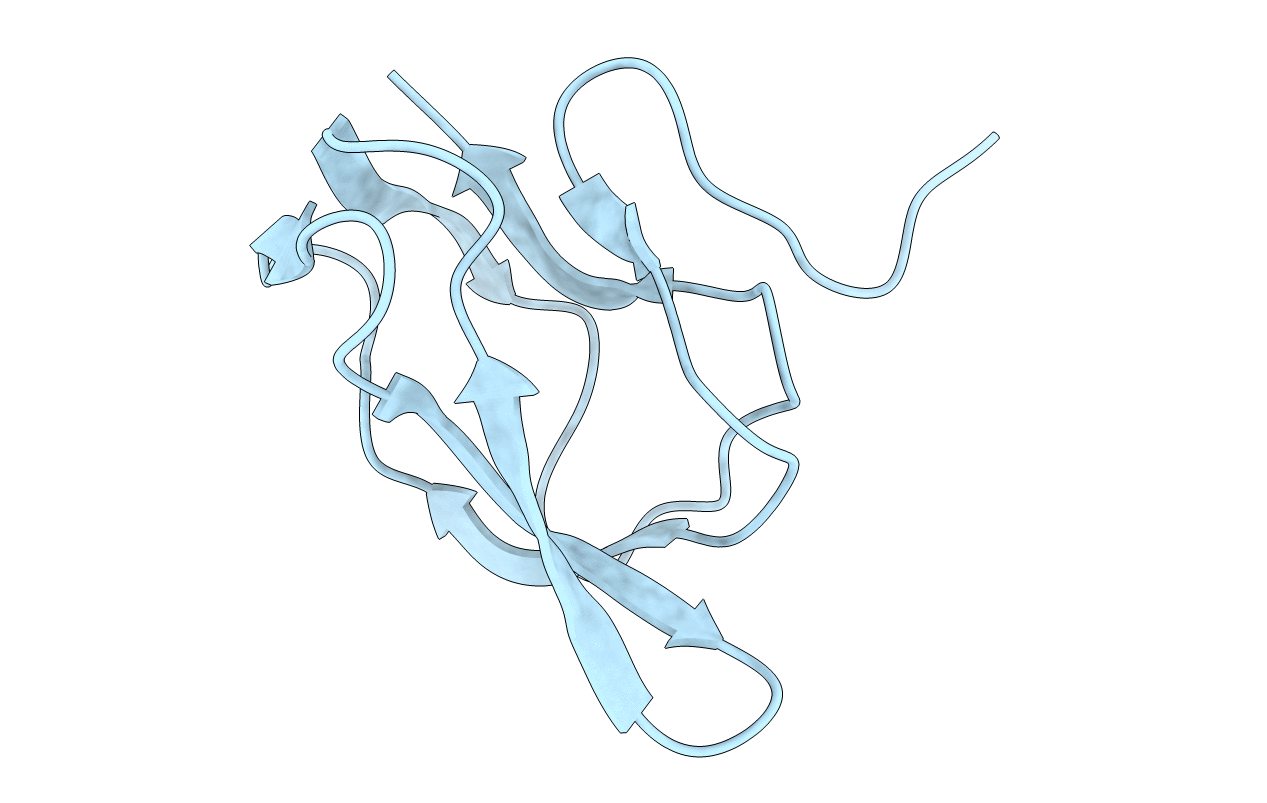
Deposition Date
1999-11-05
Release Date
2000-05-10
Last Version Date
2024-05-22
Entry Detail
PDB ID:
1DCZ
Keywords:
Title:
BIOTIN CARBOXYL CARRIER DOMAIN OF TRANSCARBOXYLASE (TC 1.3S)
Biological Source:
Source Organism:
Host Organism:
Method Details:
Experimental Method:
Conformers Calculated:
50
Conformers Submitted:
1
Selection Criteria:
structures with acceptable covalent geometry


